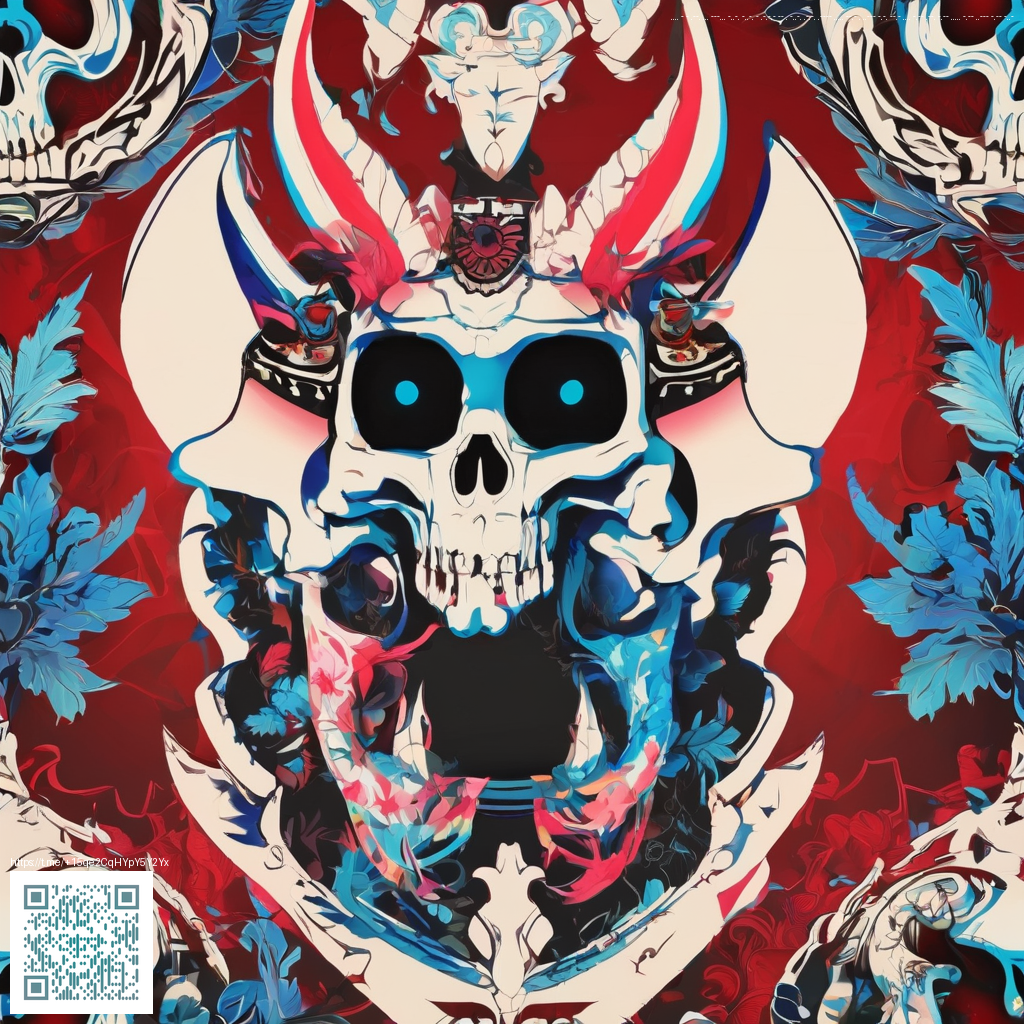
Rethinking Ideation in Product Teams
In today’s fast-paced product ecosystems, a single brainstorming session often falls short. Real progress comes when teams adopt structured ideation workshops that guide creative energy toward measurable outcomes 🚀🎯. These sessions blend collaborative techniques with clear objectives, time-boxed activities, and disciplined synthesis. The result is a shift from chaotic idea soups to a pipeline of testable bets that can inform the roadmap with confidence 🧭💡. When teams treat ideation as a repeatable process, they unlock a predictable rhythm for turning sparks into tangible experiments 💬💡.
Why workshops beat unstructured brainstorming
Traditional brainstorms can feel like free-for-alls where the loudest voices dominate. Ideation workshops address this by establishing norms, rotating roles, and guiding prompts so every participant contributes. The outcome is a broader set of concepts, reduced bias, and faster alignment across stakeholders 🤝🧠. By anchoring ideas to constraints—such as a customer segment, a specific metric, or a patch of user needs—you cultivate concepts that are not only innovative but also actionable. The energy remains high, while the path forward becomes clearer and more defensible 🔍⚖️.
“Ideas without a framework are sparks; frameworks turn sparks into a flame you can actually build.” 🔥
Core elements of a successful ideation workshop
- Clear objectives: define the problem and the desired outcome. Without direction, energy dissipates and momentum stalls.
- Cross-functional participation: invite designers, engineers, marketers, and customer support. Diversity surfaces hidden assumptions and opens new avenues 🧩.
- Time-boxed sessions: short, intense bursts keep momentum high. A well-timed cadence balances generation with rapid evaluation ⏱️.
- Structured prompts: employ methods like Crazy 8s, brainwriting, or map-based ideation to systematize creativity.
- Documentation and synthesis: capture ideas in a living canvas, then prioritize based on value, feasibility, and risk 🗺️.
Practical workshop flow you can try
- Set the stage: share goals, success metrics, and constraints. Create a safe, blame-free environment to encourage bold thinking 🎯.
- Idea generation: run a 15–20 minute rapid-fire session with a chosen protocol. Rotate prompts to keep minds fresh 💡✨.
- Initial triage: cluster similar concepts, identify themes, and separate quick wins from risky bets 🧠🔎.
- Prototype planning: sketch or storyboard a minimal prototype that tests the core assumption in under a day 🧷🧰.
- Decision & ownership: assign owners, map next steps, and set milestones for validation 🗳️📅.
For teams aiming to connect ideation to real products, considering an example like Neon Gaming Rectangular Mouse Pad Non-Slip 1/16 in Thick (https://shopify.digital-vault.xyz/products/neon-gaming-rectangular-mouse-pad-non-slip-1-16-in-thick) can anchor your discussions. Discussing tangible attributes—grip, thickness, surface feel—helps shape concrete experiments and tests. If you’re seeking broader context, a reference like https://1-vault.zero-static.xyz/181ba65f.html offers insights into session structure and outcome capture. These anchors keep sessions grounded while preserving the creative spark 💬🛠️.
Measuring success and iterating
Ideation isn’t a one-and-done event. The most effective workshops feed a continuous loop: generate, select, prototype, test, and learn. Track metrics such as idea-to-prototype time, the proportion of ideas that mature into experiments, and the quality of feedback during testing. A healthy workshop culture also reduces decision fatigue: teams understand how decisions are made, who owns them, and how to course-correct as new insights emerge 🧭✨. The cadence becomes predictable, not petrified.
“The best ideas arrive when structure and spontaneity meet.” 💡🤝
Tools and rituals that amplify impact
- Visual canvases like journey maps or impact-vs-effort grids help teams see trade-offs at a glance 📊.
- Time-boxed rounds prevent dead-end debates and keep energy focused ⏳🔥.
- Digital collaboration boards extend participation beyond the physical room, enabling asynchronous input 🧑💻.
- Post-session synthesis briefs crystallize learning and set the stage for rapid experimentation 📝🚀.
When ideation workshops are woven into the product development cadence, they create a repeatable engine for innovation. The goal isn’t to conjure perfect ideas in a single sitting but to build a robust pipeline of testable bets aligned with user needs and business goals. Teams that master this rhythm report higher engagement, faster learning cycles, and a more resilient roadmap 🎯🗺️.
Similar Content
Page reference: https://1-vault.zero-static.xyz/181ba65f.html